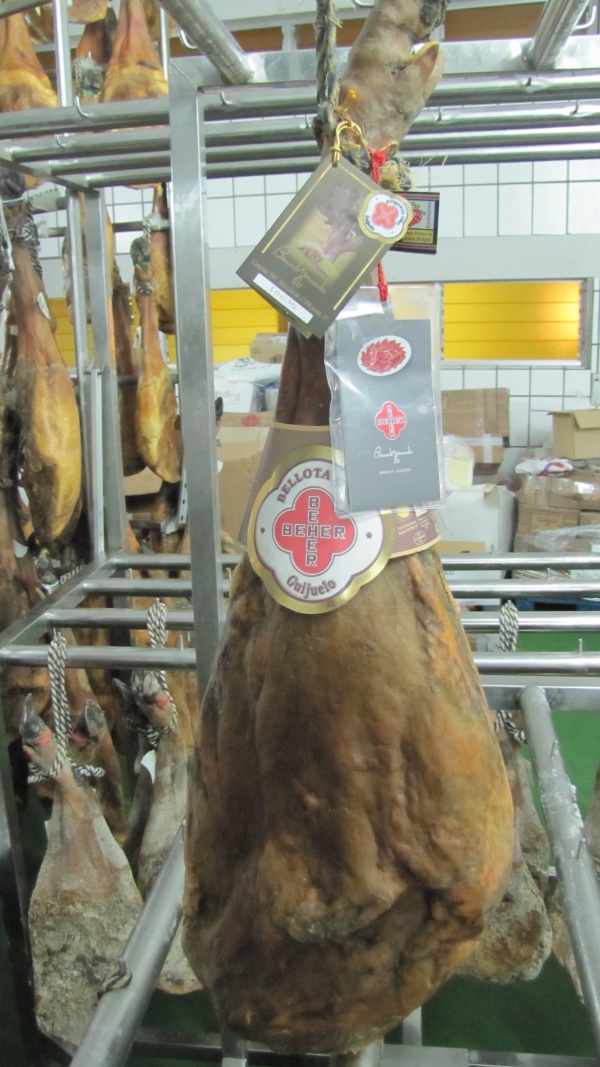Facts About Jamón
Jamón is a delectable dry-cured ham from Spain, and it is a quintessential element of Spanish cuisine. Often featured in tapas, this savory delicacy has garnered international acclaim. In Spanish, "jamón" simply translates to ham, and similar products can be found in other Spanish-speaking countries under the same name.
Typically enjoyed in thin slices, jamón can be carved directly from the leg or cut from deboned meat. While it is comparable to Portuguese "presunto" and Italian "prosciutto" jamón distinguishes itself with a longer curing process, resulting in a drier texture and more robust flavor. Often sold as a whole leg, complete with bone and inedible fat, it is more cost-effective by weight. However, once you begin slicing, it needs to be consumed relatively quickly to maintain its freshness.
There are two main types of jamón you will encounter: Jamón ibérico and Jamón serrano. Jamón ibérico, derived from black Iberian pigs, is renowned for its luxurious taste and marbled texture. In contrast, Jamón serrano, produced from white non-Iberian pig breeds, is more common and has earned Traditional Specialities Guaranteed (TSG) status.
The production of jamón is a meticulous process. The hams are trimmed, salted, and left to dry for several months. The result is a product that’s rich in flavor and texture. To ensure authenticity, Spain enforces strict regulations for labeling Ibérico products.
Certain varieties of jamón are so special that they have protected status under the European Union’s Common Agricultural Policy. For instance, Jamón de Teruel, Jamón de Los Pedroches, and Jamón Dehesa de Extremadura are all protected by designation of origin (PDO) or geographical indication (PGI).
Another similar product is paleta, which is made from the pig's front leg and cured in the same way as jamón. Paletillas are popular for home use and can also be labeled as Ibérica if they come from the same pigs used for Jamón Ibérico.

 Andorra
Andorra